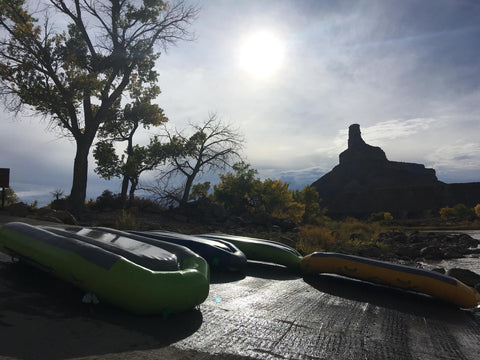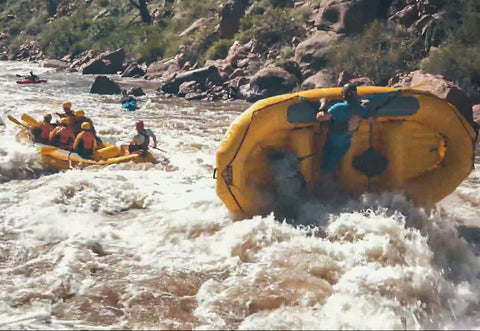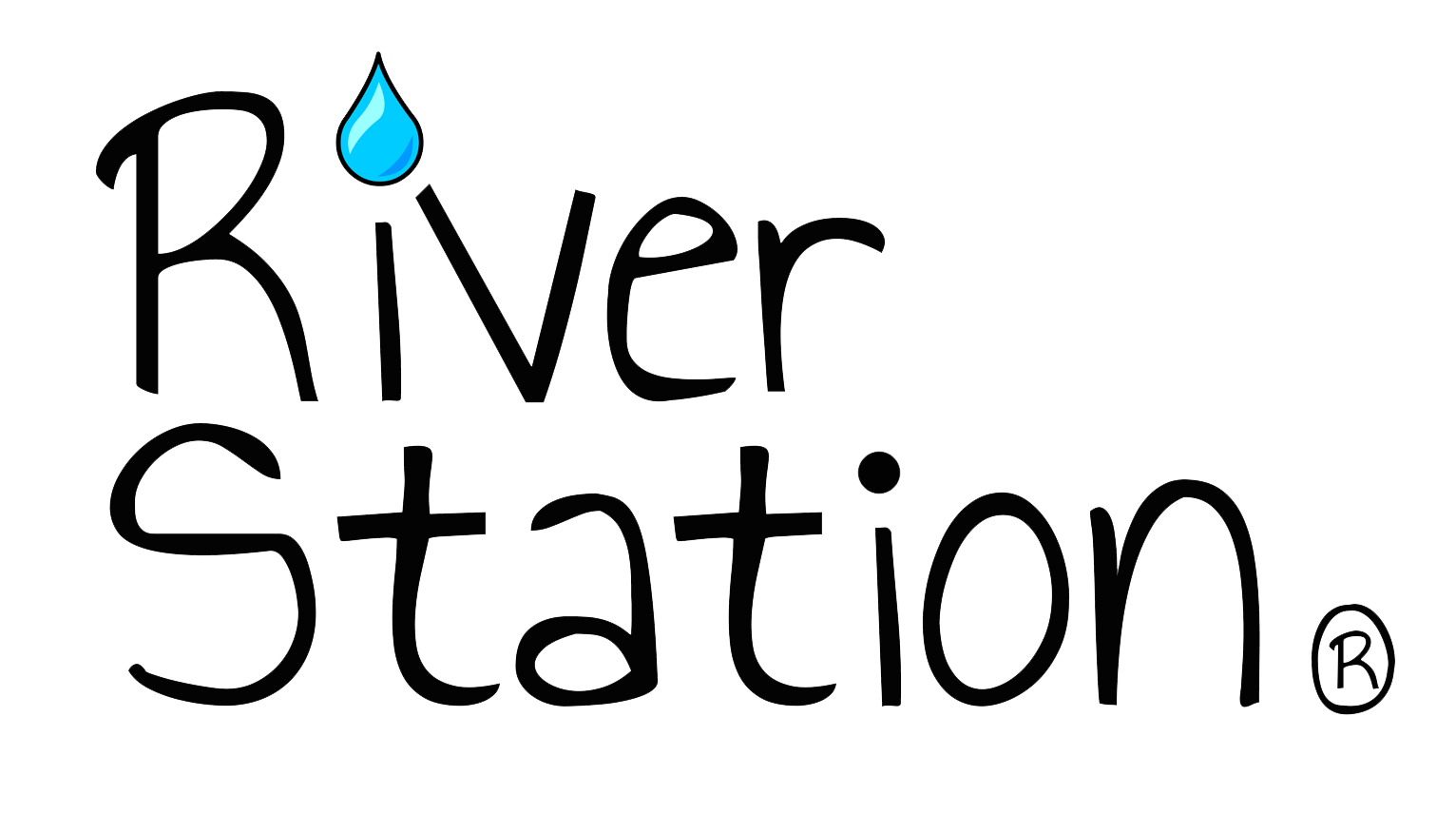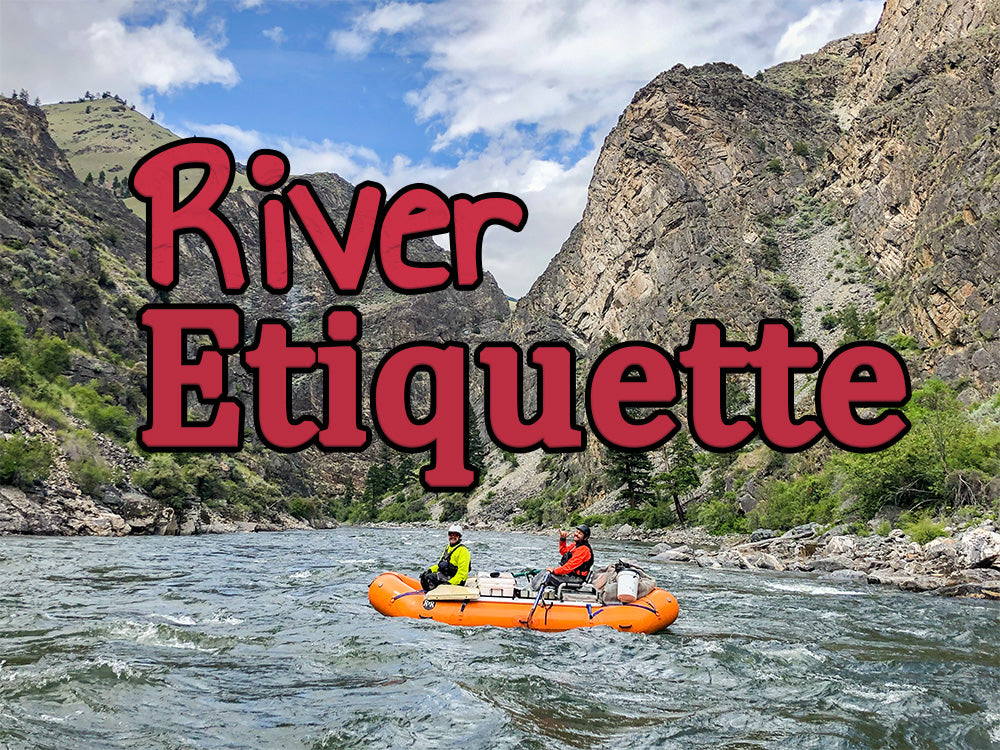The river is a shared resource. On any given day, private boaters, anglers, and commercial outfitters share the river and river corridor. This works when everyone follows basic river etiquette. Here are a few things you can do to make your river trip safe and smooth.
Put Ins & Take Outs
The boat ramp at the put-in can be a happening place, and you’ll likely encounter other boaters getting ready to launch. Be courteous to other river users by being efficient on the ramp. Check out these tips for moving quickly at the put-in:
- Inflate and rig your boat before you get to the ramp
- Organize your equipment and gear in advance
- Once you hit the water, clear the launch zone (Find a safe eddy to wait for the rest of your group.)
- Don’t park for too long, and leave room for other trailers.

On the River
Once you’re on the water, groups spread out, and there is more room to enjoy the ride. However, you should still know who’s around you and where you’re going.
Give Space to Other River Users
Being on the river is like driving a car. Don’t tailgate or pull out right in front of someone, and let faster parties pass. In other words, give the boats in front of you space, and check upstream before pulling into the current. If your group is moving slowly, make room for faster-moving boats to pass. (For example, commercial trips usually move pretty fast.)
Give anglers a wide berth and try not to float through the water they’re fishing. A whitewater adrenaline trip is very different from a quiet day of fishing. If you’re playing music, turn it down and be respectful as you pass.
This isn’t to say you can’t wave and be friendly with other river users. After all, you never know when you might need their help.

Respect Private Property
Although the river is public land, it might pass through private property. Observe all No Trespassing signs and know before you go. Don’t stop for lunch or camp on private land along the river unless you have permission from the landowner.
Be aware that the riverbed is considered private property in some places. Wade fishing or stepping out of your boat in these areas can result in trespassing charges. Of course, in swiftwater emergency situations, don’t let private property signage or trespassing worries stop you from helping.
Leave No Trace
Whether you’re going out for a day, a week, or a month, follow Leave No Trace principles. This means packing out everything you bring in and leaving an area better than you found it. Don’t leave trash, including drink cans, food wrappers, or toilet paper.
When it comes to human waste, most rivers require multi-day trips to carry a groover or portable toilet. But even on day trips, use existing bathrooms or bring a Wagbag just in case.
Following Leave No Trace also means observing wildlife from a distance, using a firepan or designated fire ring, and camping in specified areas.
Setting Safety
We all rely on each other to stay safe on the river. Sometimes this means setting safety for other groups. Setting safety involves waiting at the bottom of a rapid for the group behind you to make it through, and it often happens without asking or communicating about it.
When you see another group behind you, pull over, get your throw bag ready, and watch them run the rapid. Once they’ve made it, they’ll likely wait for the group behind them. Of course, if they don’t make it, you might have to jump into action to help get a boat, kayak, or people out of the water.
You never know who might be setting safety for you or saving your bacon in the future. In other words, it pays to be courteous to everyone on the river.
Scouting
There is some etiquette to follow when scouting a rapid. First, always take a throw bag with you to the scout. (Or carry a waist throw bag, and you’ve always got one.) If something happens while you’re on shore, you’ll be ready to throw a rope.
Next, don’t hog the pull-out. Other parties might also want to scout, so leave room for more boats. If you see a group scouting but you’re not, ask if you can run before them and offer to set safety for them below.
If Something Goes Wrong
Sometimes things go wrong on the river, and all boaters feel an obligation to help. If you are involved in or witness an incident, there are ways to be helpful. Before doing anything, make sure you won’t compromise your own safety.
Then, ask if they need help. You might make things worse by jumping in without asking. If they need help, don’t insert yourself into the situation and try to take over. Remember, your and your group’s safety is your priority.

SYOTR
The River Community is built on a love for the river and a goal to stay safe and have fun. Following basic river etiquette is an excellent tool that makes all the difference as we enjoy a shared resource. Luckily, it’s all common sense. SYOTR
By: Megan Young McPartland





Share:
Raft Guide Superstitions
11 Tips for Rookie River Guides